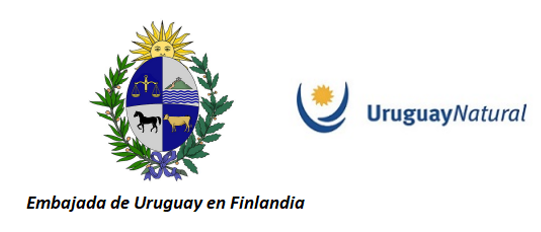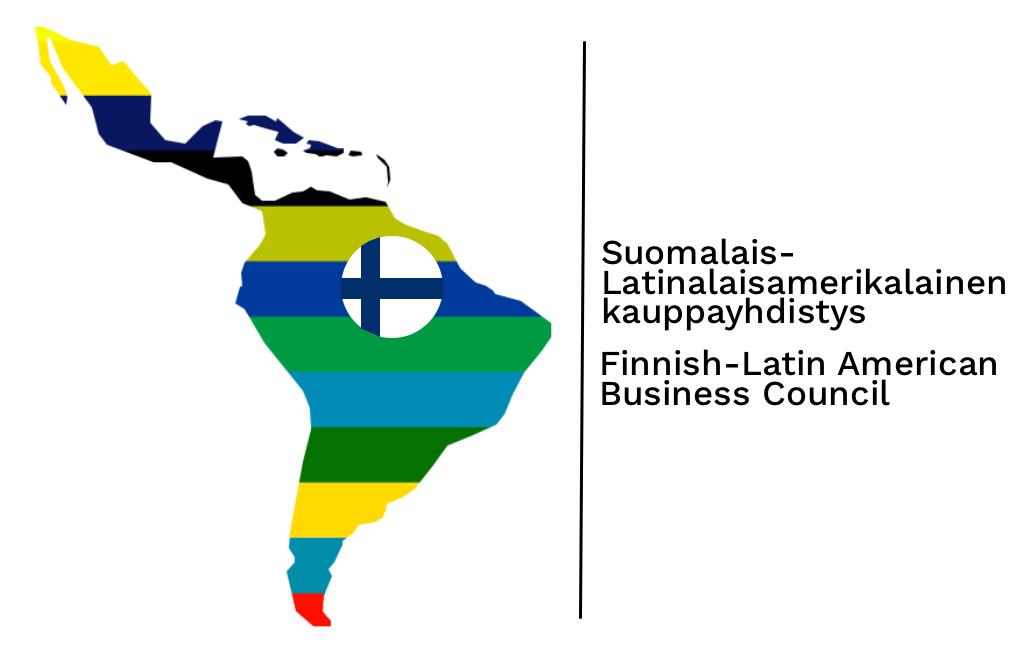Uruguay's Inaugural Sustainability-Linked Bond Framework tied to Environmental Commitments under the Paris Agreement
Uruguay has made protection of natural ecosystems a key part of the countryʼs environmental strategy, ensuring that agricultural activity is not, as it is in much of the world, a driver of deforestation.
In this regard, at the end of September, Uruguay published the Framework for a future Sovereign Sustainability Linked Bond (SSLB). The Framework describes Uruguay’s strategic sustainability priorities and sets out goals with respect to two Key Performance Indicators (KPIs) tied to climate change mitigation and nature conservation goals: (i) reducing the intensity of Greenhouse Gas emissions and (ii) preserving the area of native forests in the country.
The Sustainability Performance Targets (SPTS) are based on quantitative goals set for 2025 and are in line with Uruguay`s Nationally Determined Contribution (NDC) under the Paris Agreement, as described therein.
This Framework is meant to be the cornerstone of Uruguayʼs entry into the world of sovereign sustainable finance and, more broadly, looks to pioneer an alternative approach for sustainability-linked debt financing.
The Framework also introduces an interest rate structure that features a potential coupon adjustment (increase, constant or decrease), depending on whether the country fails to meet, delivers, or overperforms on its SPTs, respectively.
Through this pricing mechanism, Uruguay intends to align its national financing strategy and cost of capital with its sustainability efforts, creating an innovative tool that binds borrowers and investors together in the effort to provide global public goods.
This Framework is thus intended as a contribution to the development of the sustainable finance asset class and towards improving environmental outcomes beneficial to all.
The process it benefited from technical assistance from the Interamerican Development Bank (IADB) and the United Nations Development Program (UNDP).
You can access more information, including details related to the reporting and verification process, from this link.



